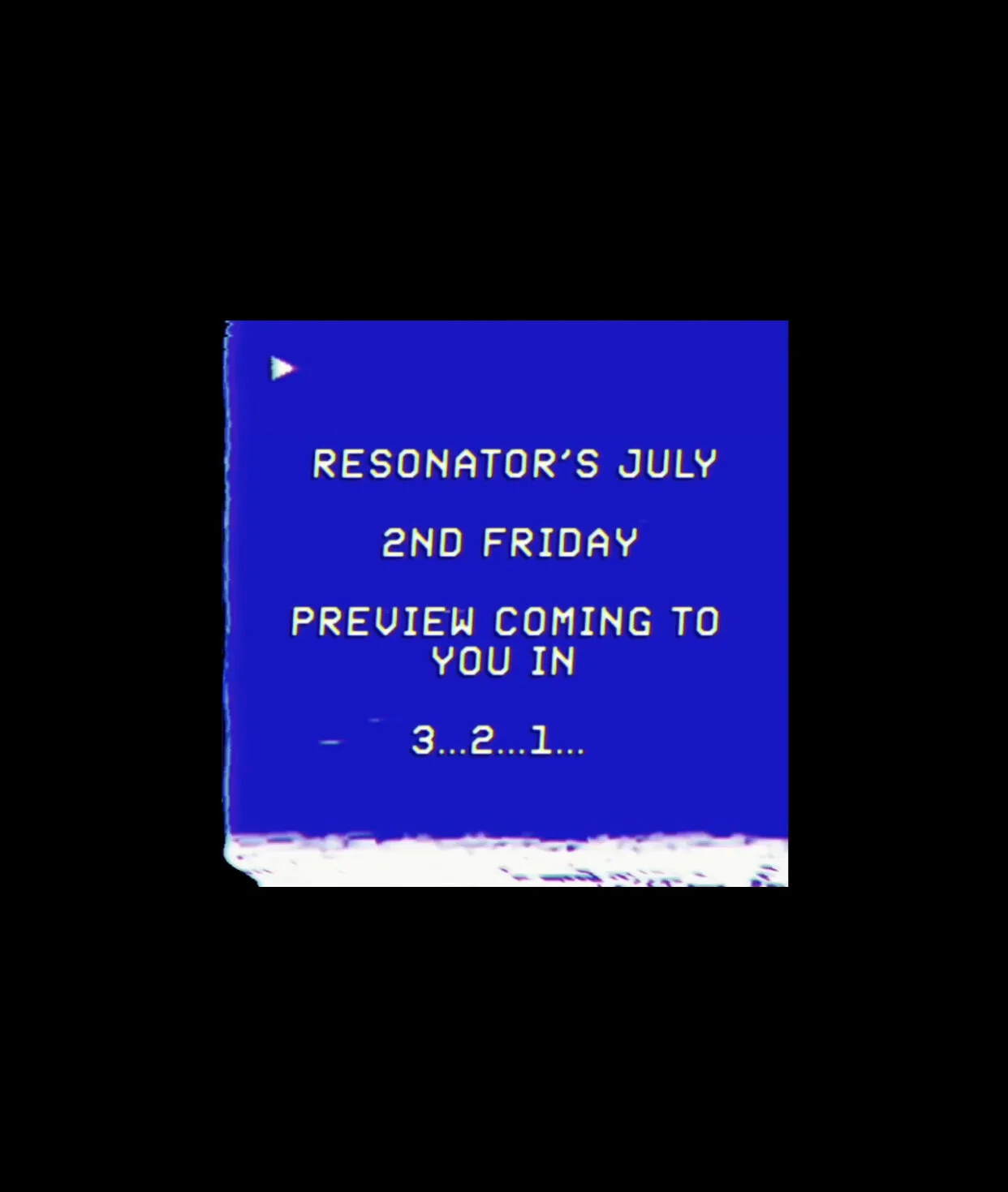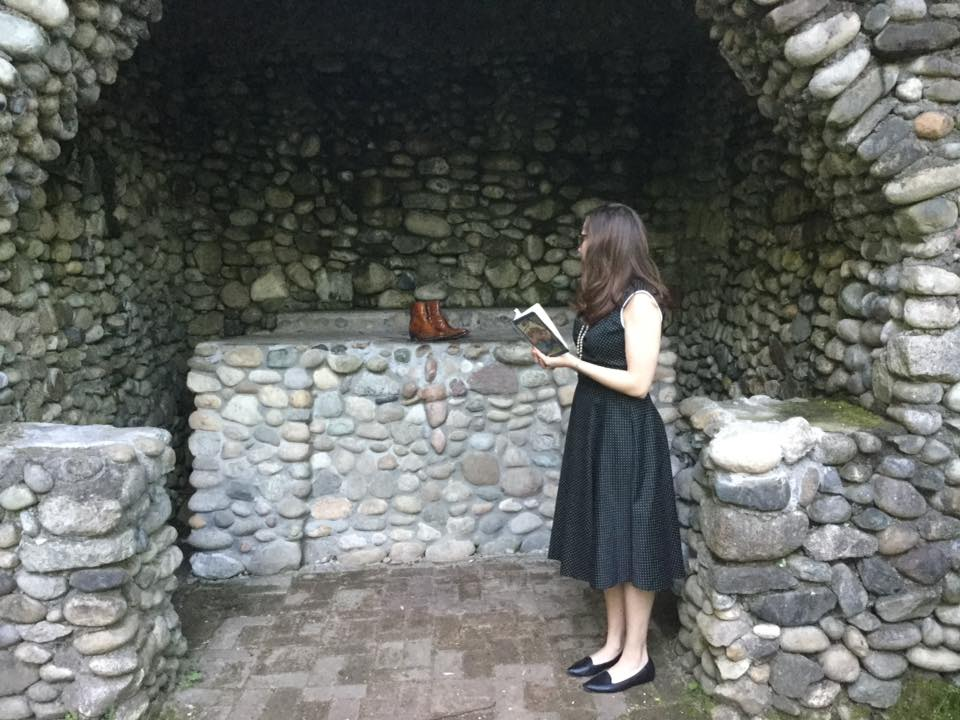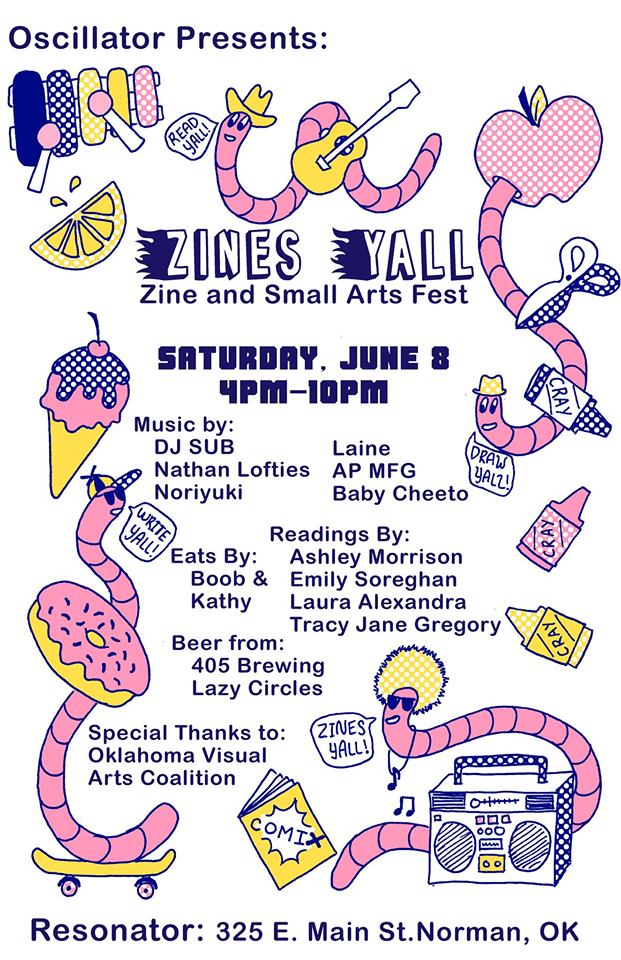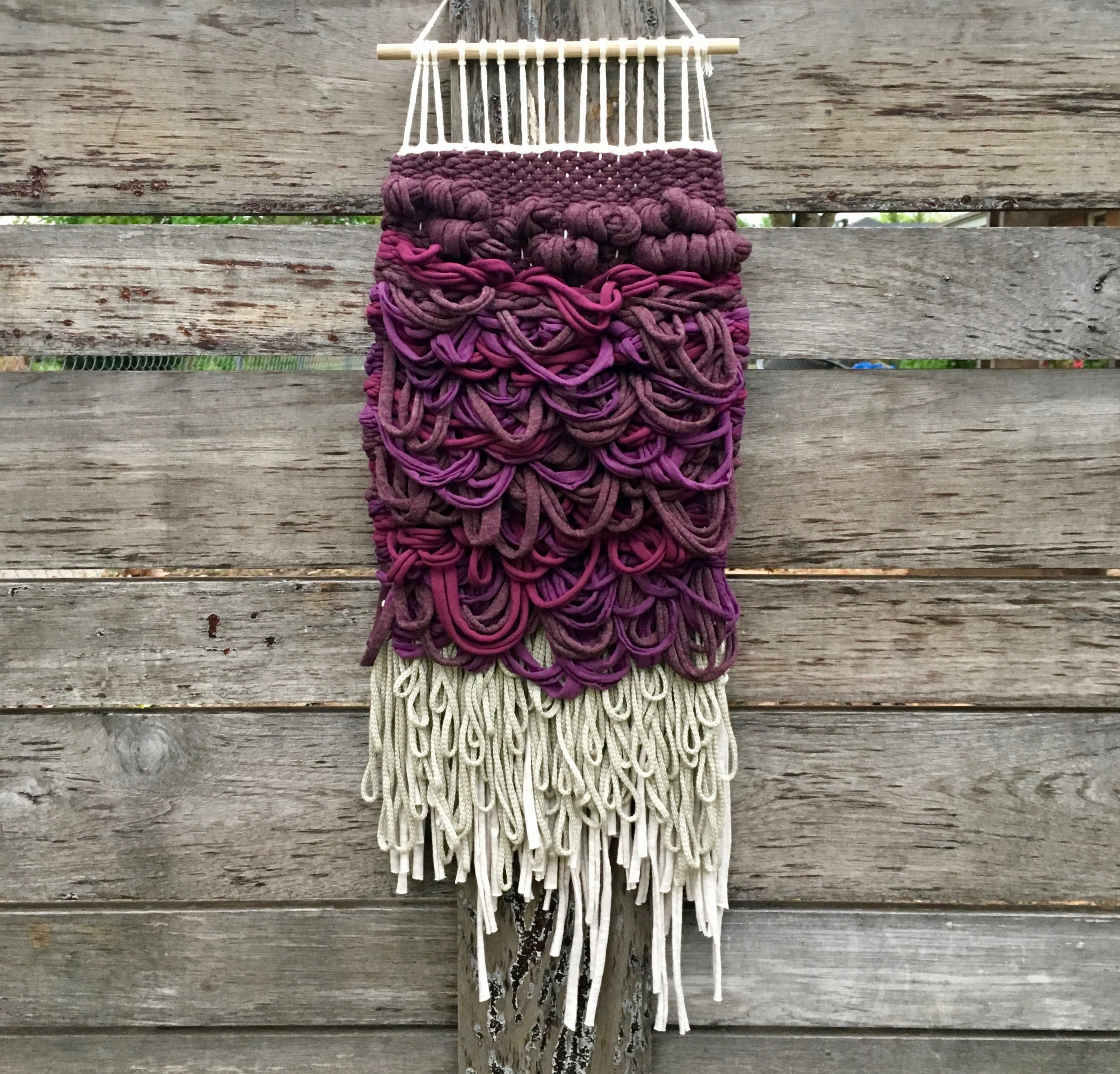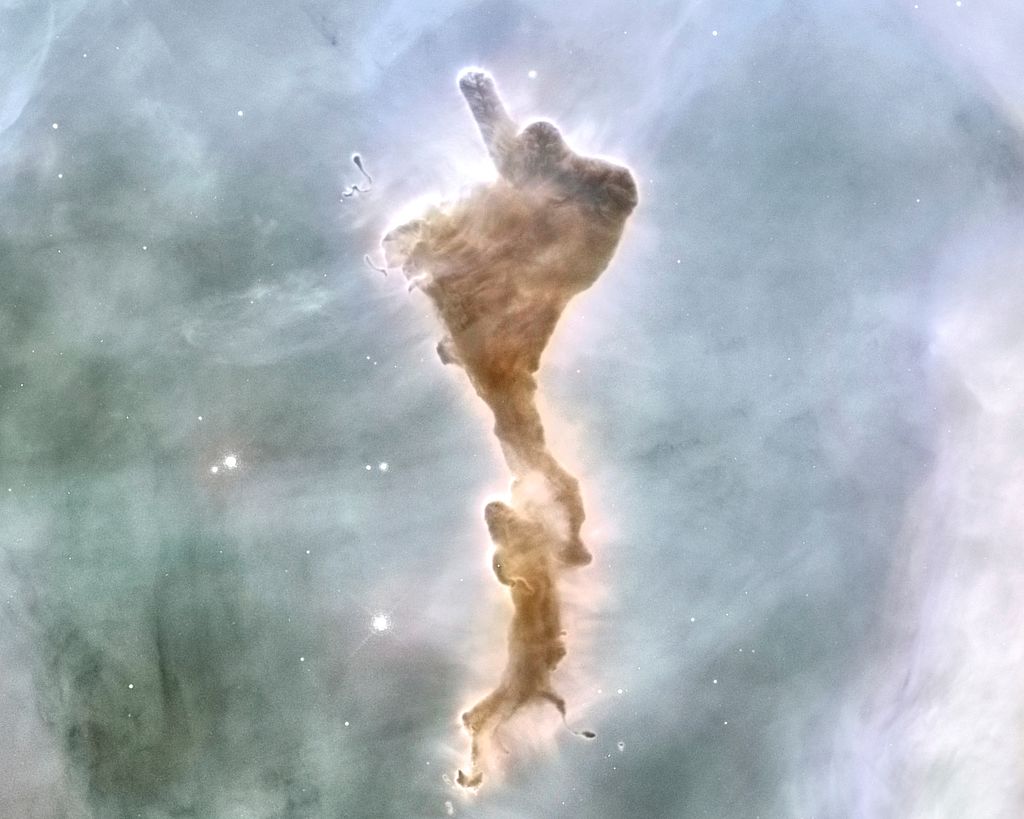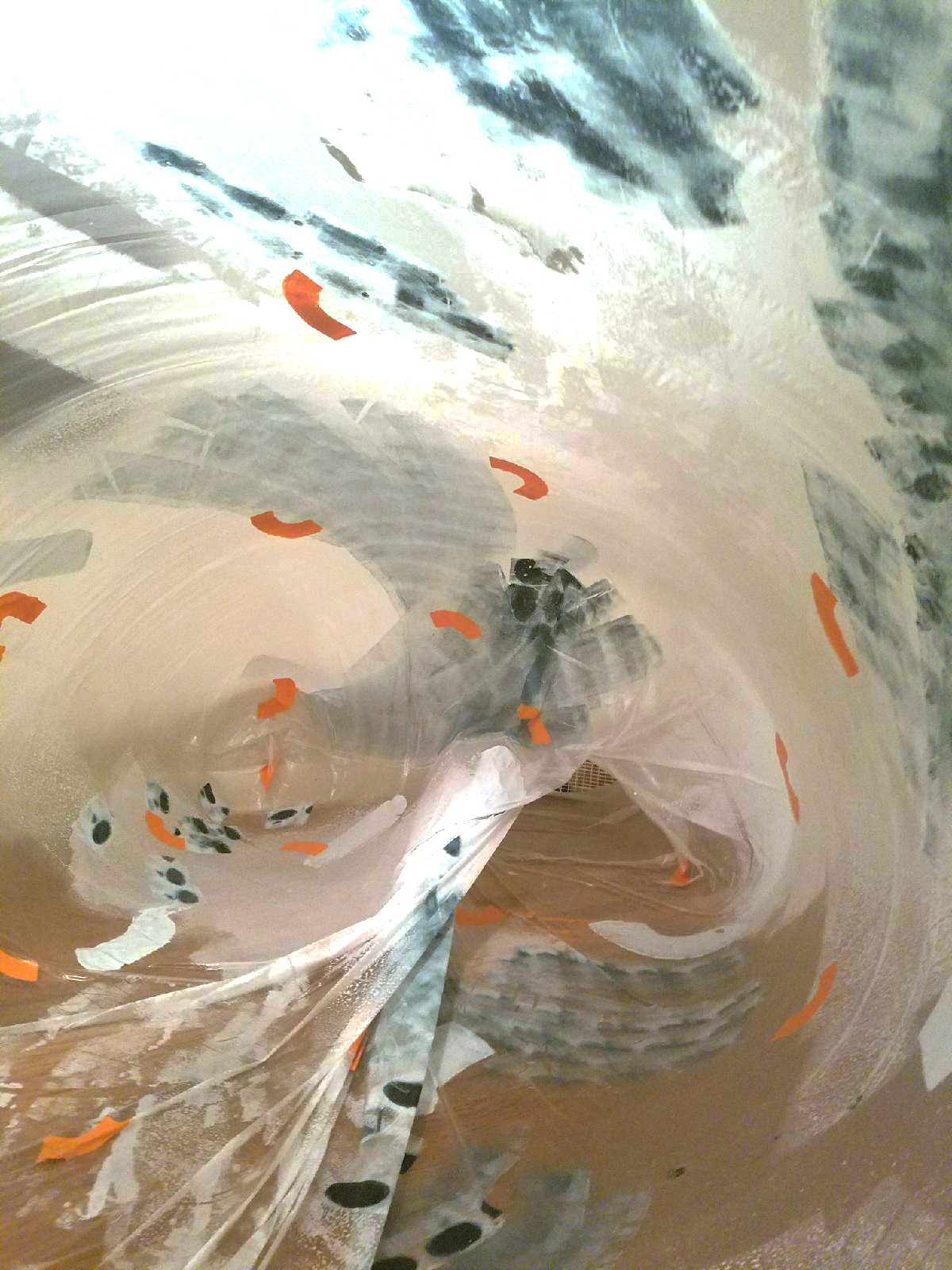Republished with permission from the artist.
To start off, can you talk about switching from print making over to painting? How has your process been effected between working with a collaborative group (Cheap Rent) to moving into a studio practice?
I wouldn’t say that I switched from printing to painting, although I have always been interested in image/object making that is reproducible. Photocopying and reorganizing my original drawings or paintings has been the foundation of my working process ever since I started. I enjoy thinking about and utilizing templates. I am obsessed with the way images can change. That they can be copied and then manipulated to become other sizes and other forms or images is something that never gets old or uninteresting to me. I identify with printmaking because of this and because I feel the essence of printmaking is based in accessibility, reproduction, and exchange. I try to paint like a print maker.
Working collaboratively can be difficult for me because I like building and creating images myself. That being said, I like to think that a lot of what I do is collaborative in that it is communal or intends to promote community. Cheap Rent was a great way for me to learn about what I can bring to the table and what I can’t or don’t want to do.
In the same vein, (and this is probably so annoying) you have a different way of selling your work now than you did with Cheap Rent. You have said in the past that you rely on selling work at your shows, through your Instagram, or via messages. Do these methods of intimate exchange reflect your practice in painting? How does this method of selling paintings relate to your previous methods of selling prints?
Yeah, Cheap Rent had some of our own shows but our shirts were mostly sold in stores or online. Selling shirts can work that way. Outside of selling shirts, there have only been a handful of times that I have sold work through other people, like at a gallery or exhibition where I wasn’t there. It’s special and important to me to have some sort of relationship or exchange with the people who are interested in what I do. I really enjoy the interactions I get to have with people who like my work enough to want to own something or give something I made to someone they care about. It sounds silly and makes me feel gross to say, but even on the Internet I feel like I am legitimately connecting with people when I am selling them stuff. One difficult thing about being in art school or trying to fit into other organized art systems is that it feels detached or lacking in regards to this type intimacy and personal interaction. It seems like all of the focus is on the art object itself, not necessarily what the object can do. It is hard for me to make objects that don’t seem to move, to have a destination, or that aren’t designed to have a sentimental function beyond aesthetics or concept.
That is why the structure of an event is so important to me. The event is a medium I utilize. Events can be safe spaces for others to come together and, ideally, events can encourage others to develop relationships based in creativity. At an art event or show of mine, I have the opportunity to meet and communicate with the people looking at or walking away with one of my pieces. That’s fun and meaningful to me in a way that has pretty much always defined my reasons for making things.
Your work operates in a variety of mediums that engage a person so that they cannot be just a passive viewer. Can you talk a little bit about the way that your paintings, portraits, activity books, games, and installations relate to each other? Are they coworkers? Do they get along with one another? Do you see them as being personified in different ways, or are they created in a more linear process?
In my mind all of the mediums or objects work together. They at least do not oppose or compete with one another. I am pretty project oriented and prefer to organize my time and to labor in a way that is centered around a collection, series, event, or concept. The objects that come out of that typically depend on my comfort levels, skills, and available resources. Often times I make what I can according to what I have access to, whether that is an event space or physical materials. I also chose this because it keeps my objects accessible to other people financially and emotionally.
Can you talk about the ways that you decide on making patterns for your portraits? You have said in the past that some are directly reflective of home environments from your portrait subjects, but I really love the emergence of plant life in your work. In some ways it reminds me of Henri Rousseau's jungles. What are your thoughts about putting women amidst plant life? These relationships never read as necessarily domestic to me, but as more of a companionship or a cohabitation. Maybe in living space, and maybe more philosophically.
Patterns always suggest home environments to me but they also signal towards basic concepts of memory, history, style, and identity. I choose patterns by thinking about those ideas and by thinking about what types of people exist in the world and how the things we surround ourselves with change what type of person we seem to be.
I was looking through one of my oldest sketchbooks, and I found all of these drawings of flowers. Lots of morning glories and snapdragons. When I was making these, it was a time when I didn’t use my car, and I was constantly walking around looking at and admiring flowers, trying to learn all of them, each of their names, when they bloomed, and where they came from. I think you're right that the plant life in my work isn’t only a reference to domesticity, although that is in there, but also comes from acknowledging everyone’s basic interest in living on the planet and being alive. We are dependent on and love plant life. Beyond that it is fascinating to think about the same several flowers every grandmother has in her garden and the few specific types of house plants that every young adult gets for their apartment. Those are the ones that are my favorite to recreate because they are the most popular and commercially available ones, and I like to think about why that is. Also, people taking selfies in their gardens or with their plant “babies” is very integrated into what I see popping up on social media and in Internet trends. It seems hard to avoid in the current visual landscape so I want to include that in my work.
With backgrounds in philosophy, feminism, punk, community, motherhood, and domesticity, how do you feel the combination of these backgrounds blur together? I never want to ask the questions that are like “how are you an artist and a mother” because that seems to encourage black and white thinking. More so, when you are making work that relates directly to your life or your community, how do you choose which components propel you forward?
I want to choose to do things that allow me to incorporate all of those important aspects of my life, those backgrounds. I feel like it has been pretty natural for me to figure out ways to do that so far. That’s the goal of what I want to continue to be figuring out in my life and in my work...how to do things on my own terms. For me, getting to do things on my own terms would mean being able to live a creative life where I can participate in and intertwine those backgrounds.
Can you talk about the women you choose for your work, and how you decide to use them in your paintings? Your work is often informed by exhaustive personal research, archival tendencies, and community relationships to pop culture. Do you have a particular thinking process as you bring these women into installations, or do they manifest organically?
I made an unconscious decision a long time ago to primarily draw and paint women. This came out of my tendency towards repetition, template building, and my desire to explore feminist issues. What I have started to realize is that one of my most favorite things about the women in my work is simply the predictability of the woman as the central figure. This may seem pretty rigid and constricting, but it actually allows the women to be anything they need to be and allows me to explore whatever I want. This is especially important to me because I believe that there is no one way to be a woman and because our understanding of the concept “woman” should be flexible. It’s a very adaptable system, and I love how people seem to connect with or project themselves onto the women I make.
I’m super into thinking about history and time and researching, like you said. It’s hard to know which elements of the research need to be included when making an object or a portrait. I do that somewhat instinctively and based on my own perceptions of what is interesting to look at or who I want these women be. I’m often playing with humor and cheekiness when I approach making things. I get really excited to rework overlooked but easily available cultural materials like popular song lyrics, historical imagery, or stock photos from google image search.
How did the concept for your thesis show Sentimental Lady come to fruition? Could you talk about how you developed the idea for the space, the involvement from the community and the merchandise you plan to display? What kind of environment (real or imaginary) do you envision the relationship between your work evoking? How has your work inspired the title for the show? Is it personal? Is it an accumulation of the work? does it speak to the community?
When I was thinking about putting together this show, my graduate thesis show, it seemed important to focus less specifically on an idea or theme outside of myself. Instead, I wanted to put together an event that more broadly accounted for my personal history as an artist in Oklahoma and to lean into my identity as a working artist in my community.
Making the type of objects I do, accessible objects, and sharing these through the utilization of alternative art spaces or economic platforms is often how artists make a living in 2019. This is a very common and realistic path available for working artists. It is one that I not only see as valid, but also one that is often disregarded and overlooked as culturally unimportant. In my mind this is because of some outdated, classist, and hyper-masculine standards for measuring and interpreting the value of art works. For me, working from home, creating my own art events, taking over spaces, and using the Internet to sell my work have all been necessary and satisfying approaches to being a creative person in the world. With this show I wanted to emphasize these approaches as a way to highlight them as necessary and viable options. I wanted the environment to feel like a store/art space.
Often in school I was frustrated with feeling like I had to defend the idea that distributing zines, making tee shirts, or painting a mural constitute art making. Many of my choices for this show come from feeling defensive about this, trying to have fun with that, and also out of realizing that I want my work to first and foremost have a space in people’s lives sentimentally.
My first art shows came about because I wanted to participate in events that promoted visual arts in my small community. Many of my friends have been in bands and their music shows were times when people could come together. It was fun but also stimulating, and I wanted an arts version of that for myself. I’ve been working on maintaining that for quite a while, and the relationships I have built with others through this inspired the title.
